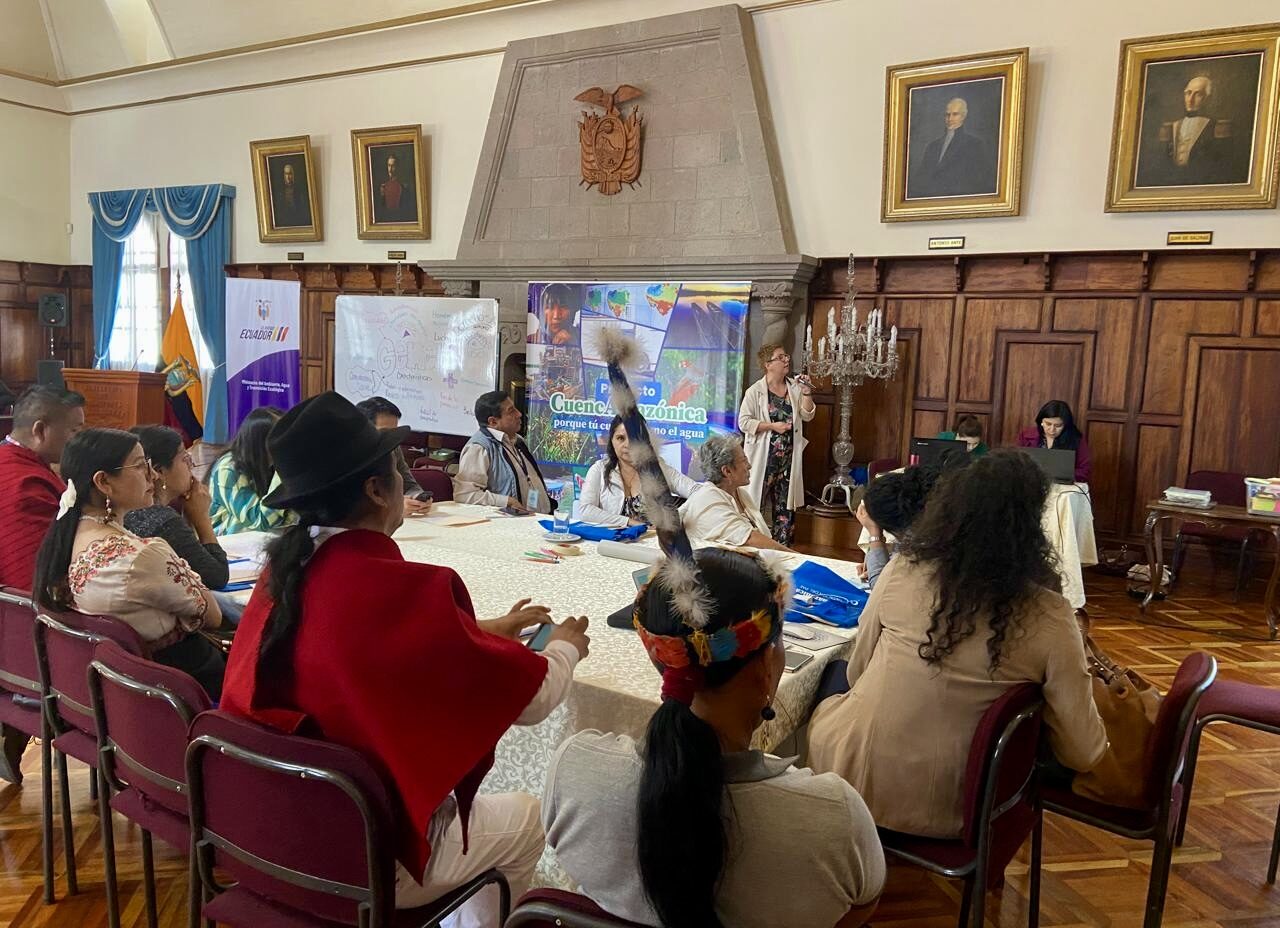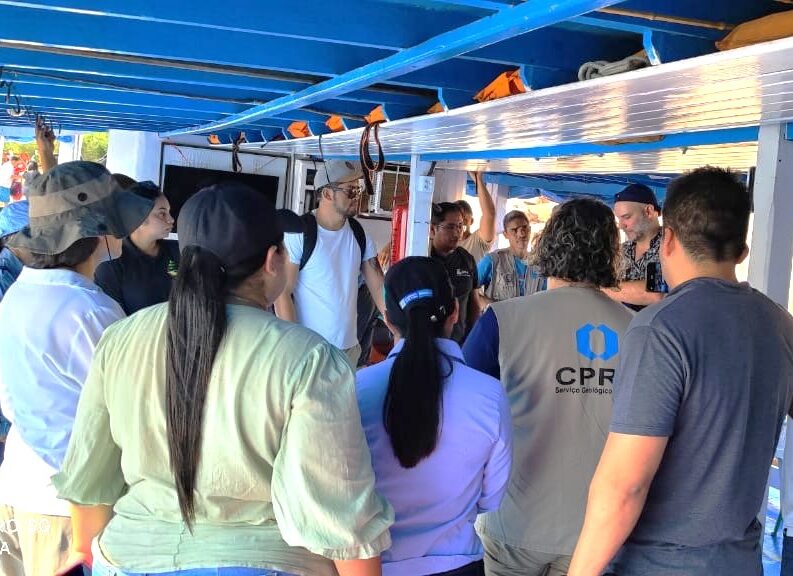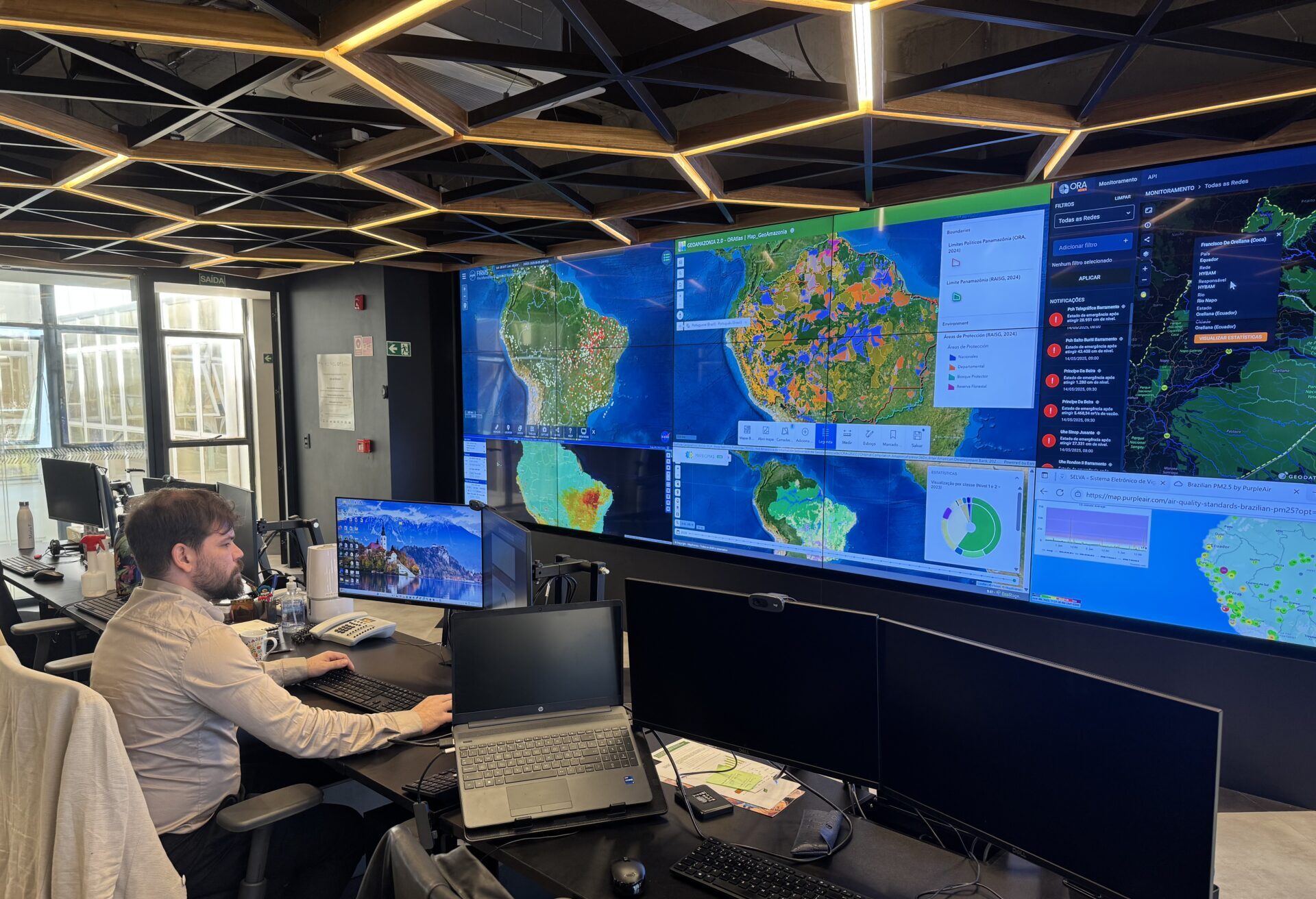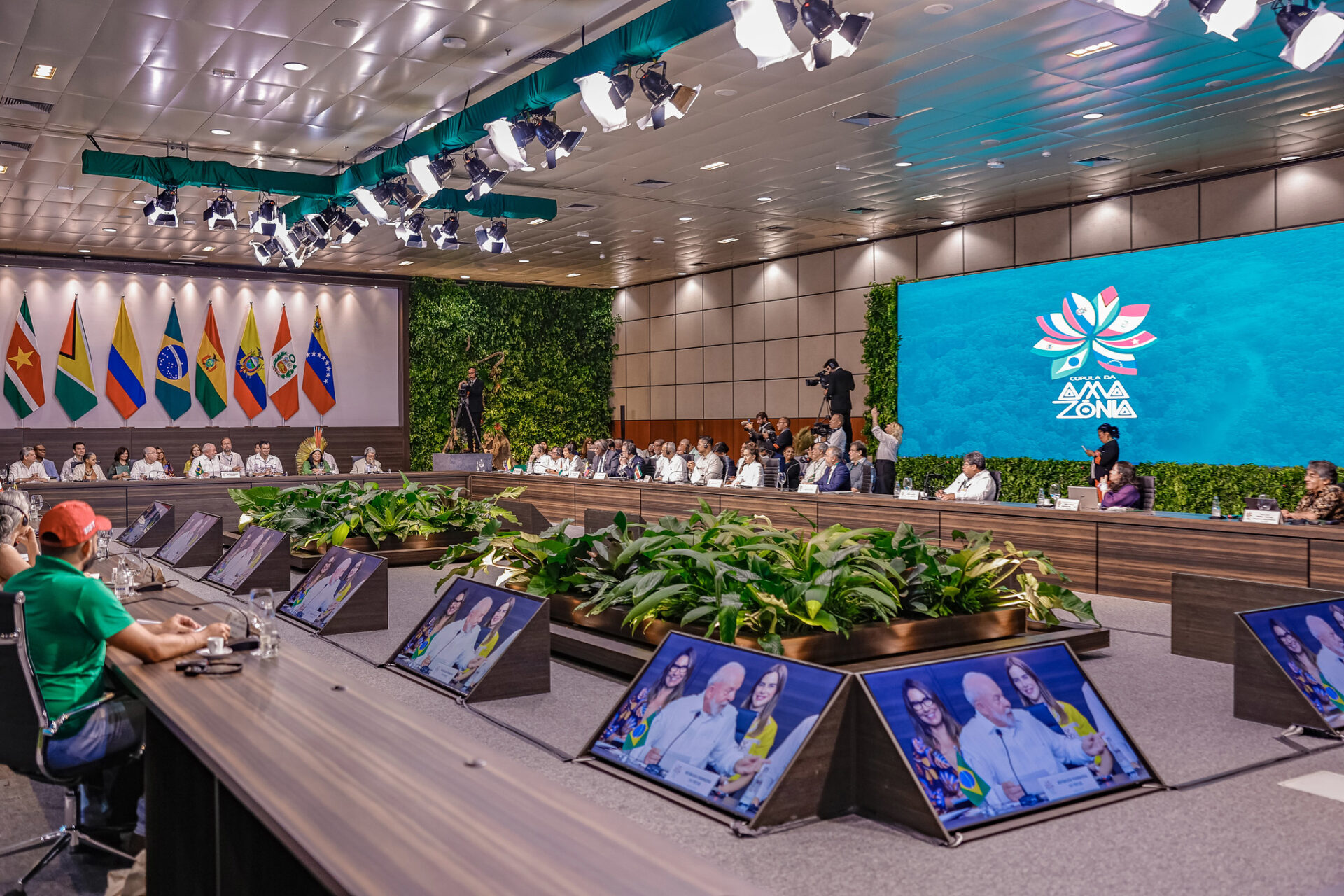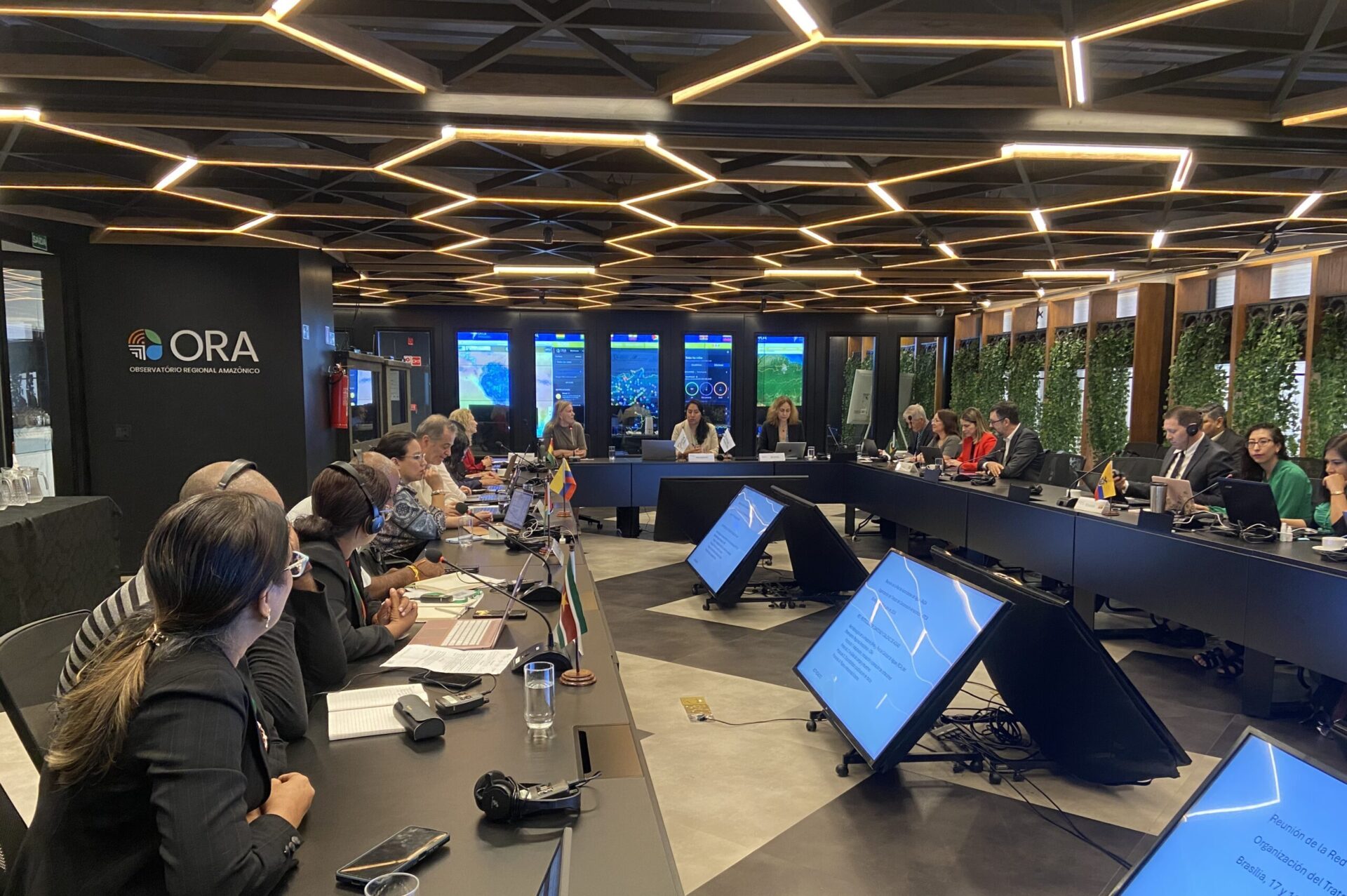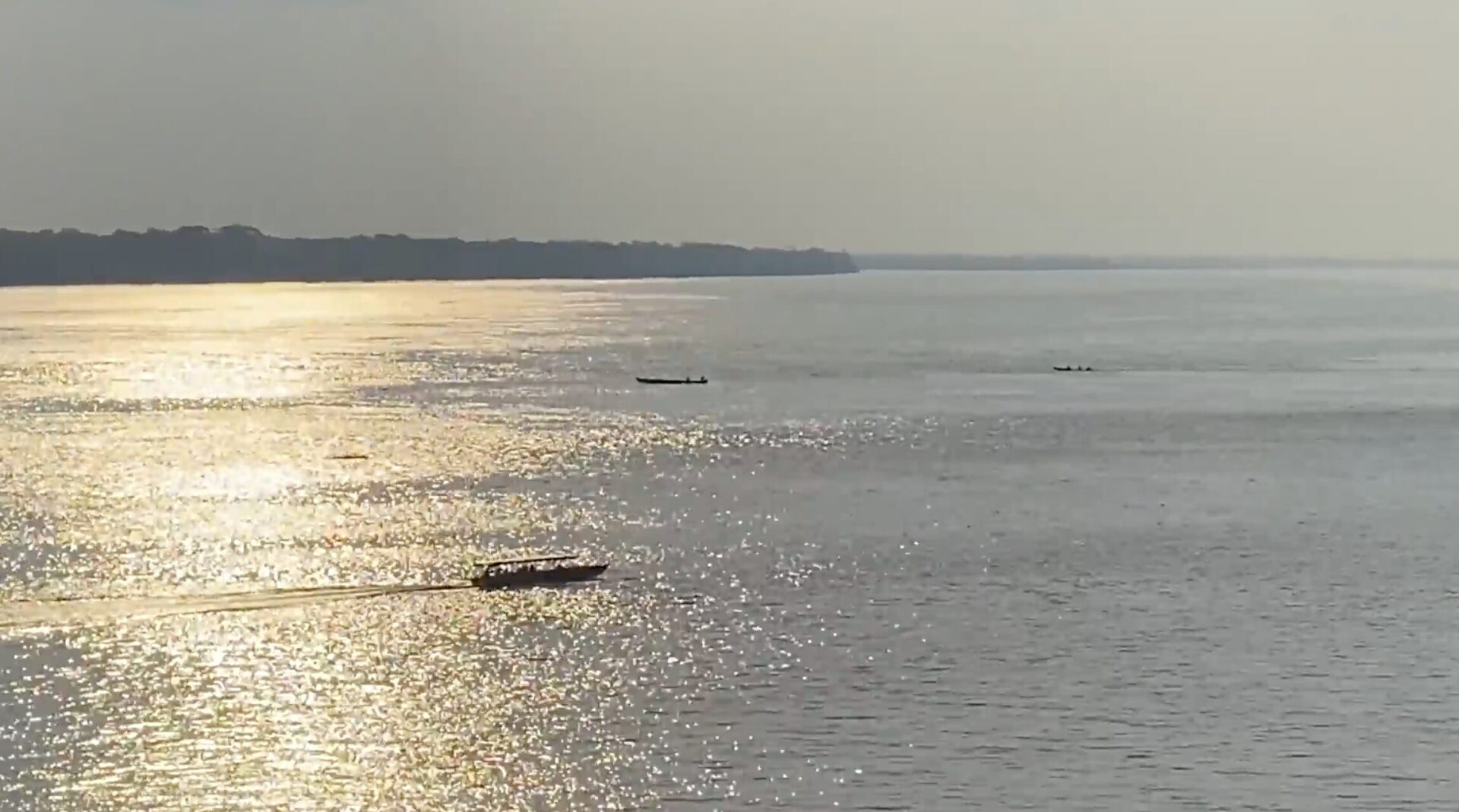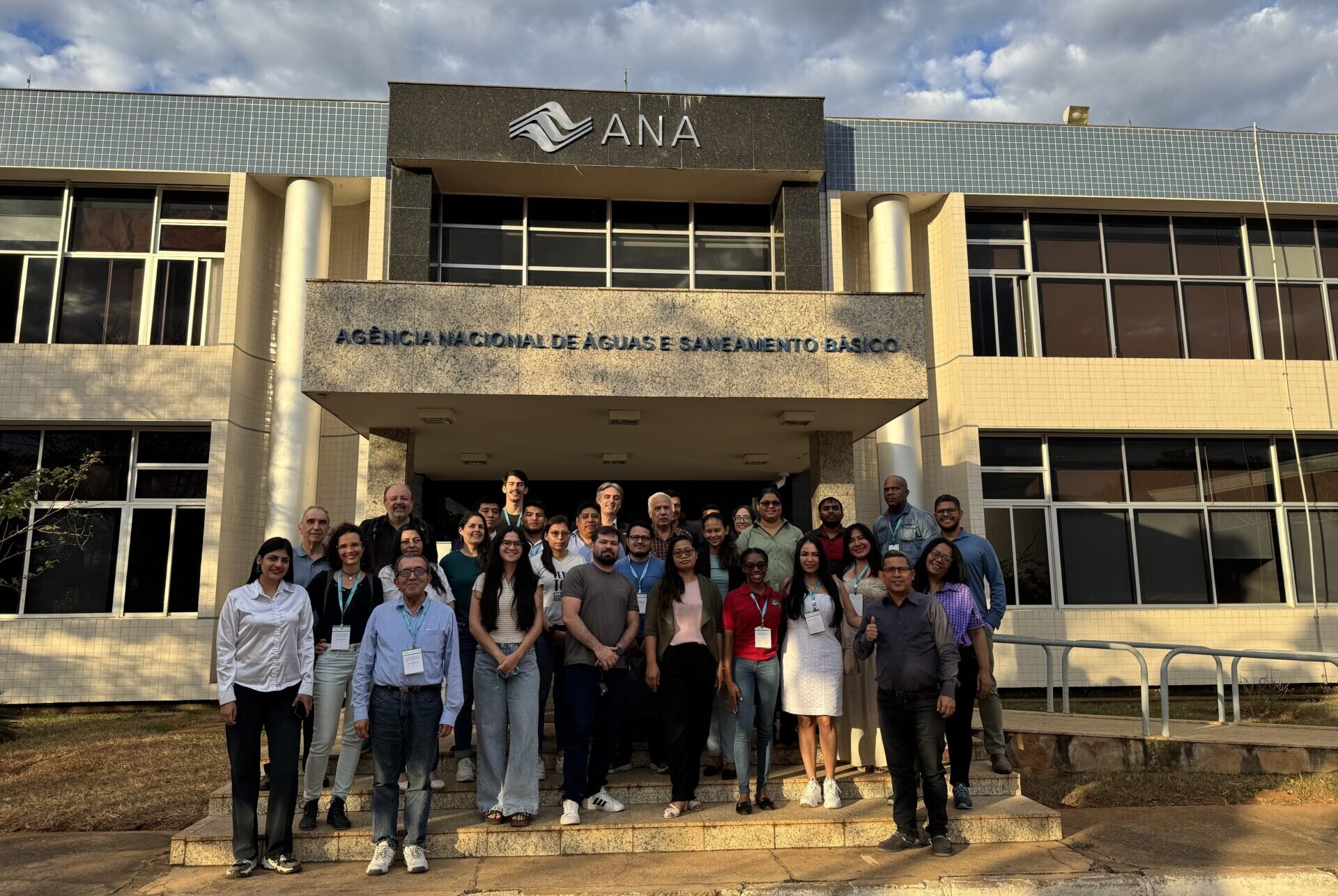Every June 5, World Environment Day is celebrated as an occasion to reflect on global efforts towards sustainability. In the Amazon Basin – the largest in the world – the eight Member Countries of the Amazon Cooperation Treaty Organization (ACTO) have taken historic steps towards integrated management of their water resources, working together to protect this valuable ecosystem. One of the milestones of this cooperation is the Strategic Action Program (SAP), the first regional water management strategy designed and agreed upon by all Amazonian countries.
The SAP is the result of a technical and political process, built on a detailed Transboundary Diagnostic Analysis (TDA) that identified nine common priority problems in the basin. This regional framework for action, approved at ministerial level in 2017, guides the countries in joint actions for sustainable water management, considering climate changes. It arises from a Shared Vision collectively built by the countries that expresses their commitment to the protection and sustainable use of Amazonian water resources.
SAP implementation: from planning to results
With the aim of initiating the implementation of the SAP, translating strategies into concrete actions, the Amazon countries launched the Amazon Basin Project (ACTO/UNEP/GEF) in 2021. In its fourth year of implementation, the Project is already showing tangible results on three key fronts that seek to benefit 7.8 million people: institutional strengthening, community resilience initiatives, and environmental monitoring systems and protection of aquatic ecosystems.
Institutional strengthening and regional cooperation
Integrated water management in the Amazon Basin is only possible with strengthened institutions, strong regulatory frameworks, and trained professionals. In this sense, the Amazon Basin Project promotes broad institutional strengthening, facilitating technical exchanges and best practices between countries and allowing the replication of innovative solutions in different local contexts.
Capacity building has been a priority. Through multinational trainings, professionals from water institutions have been trained in key topics such as the Source-to-Sea approach. The gender perspective is also present, allowing for more inclusive water management and the active participation of women both in local communities and in technical and governance spaces.
- Training in Gender Mainstreaming – Ecuador, 2024
- Amazonian Hydrology Course – Brazil, 2024
Together, these actions are laying an unprecedented institutional and technical foundation for integrated water management in the region, strengthening the countries’ capacity to adapt to climate change, preventing conflicts over water, and promoting development that goes hand in hand with the conservation of the largest tropical forest on the planet.
Water monitoring and protection of ecosystems
Reliable, harmonized and accessible information is key to the integrated management of Amazonian waters, providing a solid basis for decision-making and the formulation of public policies that promote the conservation and sustainable use of its water resources.
In this context, the Amazon Basin Project is consolidating an Integrated Regional IWRM Information Platform, which will bring together the data generated by two fundamental networks: the Amazon Hydrological Network (AHN) and the Water Quality Network (WQN).
Both networks operate within the framework of ACTO’s Amazon Regional Observatory (ARO) and collect data from 244 hydrometeorological stations distributed throughout the basin. This infrastructure allows monitoring key variables, such as river levels and flows, as well as surface water quality parameters. The integration of this data into a single platform will significantly strengthen regional monitoring, allowing for more accurate diagnoses of water conditions.
The monitoring of glacier and Andean ecosystems is also a key element, given that many Amazonian rivers originate in the high mountains. In coordination with governments and institutions of the Andean-Amazonian countries, the Project has strengthened the network of glaciological stations that observe the state of tropical glaciers in the Andes Mountains, providing essential information to understand their effects on Amazonian river flows and to guide water adaptation measures in the region.
- Situation Room of the Amazon Regional Observatory (ARO)
- Weather station in the Condoriri basin, Bolivian Andes
Local solutions that build community resilience
In the Amazon, water management is deeply linked to the daily life of communities that depend on rivers and wetlands. Therefore, the Amazon Basin Project promotes actions that strengthen community resilience to climate change, integrating sustainable livelihoods and ecosystem conservation.
In Brazil, the Seed Chain project promotes the restoration of degraded areas and the structuring of a socio-environmental chain, generating income for traditional communities and indigenous peoples. In Colombia, in the Amazon-Orinoco transition region, a Payment for Environmental Services scheme is being developed to encourage the conservation of forests and water sources.
Both experiences give economic recognition to conservation work, reducing deforestation, improving water quality and strengthening local economies.
ANWA: a milestone in water management in Amazonia
In 2023, during the Amazon Summit in Belém (Brazil), the presidents of the Amazonian countries created the Amazonian Network of Water Authorities (ANWA), as part of the commitments of the Belém Declaration to strengthen regional cooperation in transboundary water management.
Formally established in 2024 within the framework of the Amazon Basin Project, the ANWAis a permanent space for coordination between the institutions responsible for water in the eight ACTO Member Countries, with the objective of strengthening the shared management of the Amazon Basin through technical and political dialogue. This year, ANWA approved common protocols for the Amazon Hydrological Network (AHN) and the Water Quality Network (WQN), consolidating a robust technical-political framework that will allow for comprehensive and harmonized monitoring of the entire region.
- Summit of Amazonian Countries – Meeting of Presidents of the States Parties to the Amazon Cooperation Treaty – August 2023
- Installation of the ANWA in Brasilia – April 2024
By taking coordinated and united action, the Amazon countries are reaffirming their joint responsibility for one of the planet’s most vital ecosystems and moving towards collective solutions to the region’s water challenges.
On this World Environment Day, the progress achieved demonstrates that regional cooperation can transform shared environmental challenges into opportunities for collaboration, to the benefit of Amazonian populations and the regional and global ecological balance.
Cover photo: Onçafari/Fotos Publicas – Brazil
Related news
Post
3 de November de 2025
The Amazon Cooperation Treaty Organization (ACTO) announces a call for specialized technical services to update the Atlas of Hydroclimatic Vulnerability [...]
Post
16 de September de 2025
The Amazon Basin Project has launched an educational video that will be used in community workshops to raise awareness about [...]
Post
8 de September de 2025
The Amazon Basin Project (ACTA/UNEP/GEF) promoted the Regional Course on Space Hydrology: Monitoring river levels and sediment flows by satellite, [...]

